5 Steak Facts That Shock and 6 Signs You Might Be Eating Too Much

Explore fascinating steak facts that might surprise you and learn about the signs that indicate you could be overindulging in this delicious delight.
1. Not All “Prime” Steak Is Actually Prime
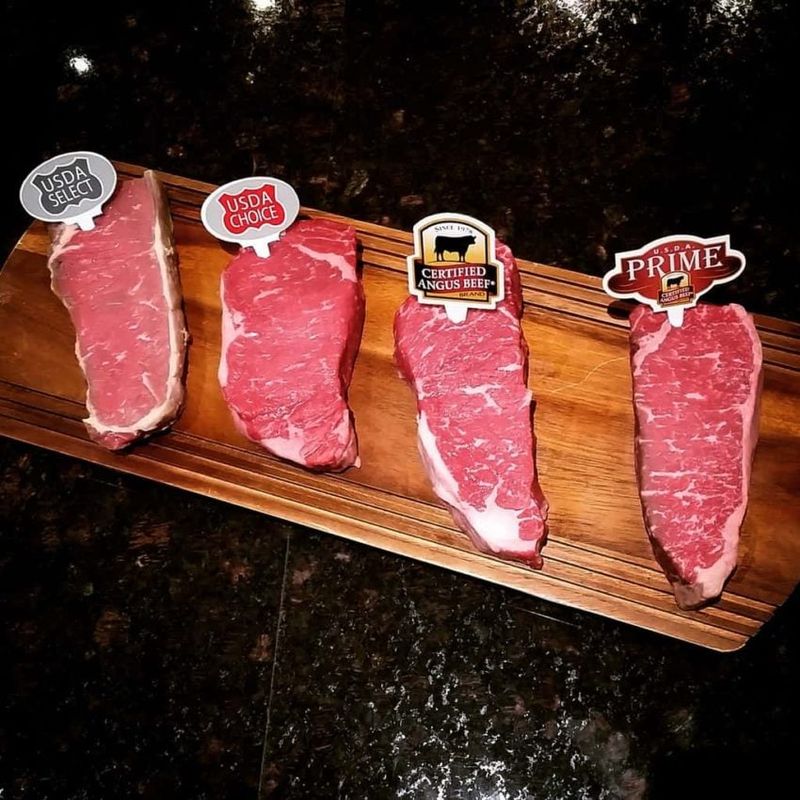
While shopping for steak, you may have noticed the enticing label ‘prime’ at your local supermarket. However, this label can sometimes be misleading. True USDA Prime beef is a special grade, highly coveted by fine dining restaurants for its tenderness and marbling. What you see labeled as ‘prime’ in stores might be more about clever marketing than actual quality. The real deal is limited and often reserved for premium dining experiences. Be sure to check the certification if you’re looking for authentic Prime steak. This little-known fact might just change how you shop for beef.
2. Grass-Fed Doesn’t Always Mean Healthier
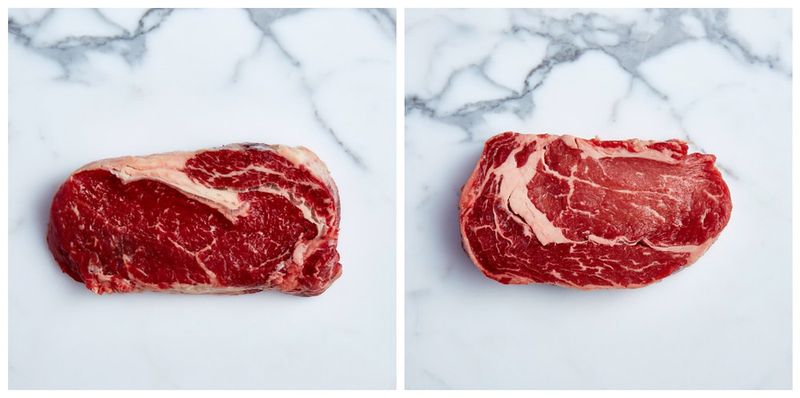
Many people equate grass-fed beef with a healthier choice, but it’s not always so straightforward. Grass-fed steak is indeed leaner, which can mean fewer calories and less fat. Yet, this also results in less marbling, affecting the flavor and texture. Some might find grass-fed beef tougher or less juicy than its grain-fed counterpart. It’s a balance between personal preference for taste and the perceived health benefits. For some, the trade-off may not be worth it. Next time you shop, consider what you value more: a leaner cut or a richer taste.
3. Medium Rare Isn’t “Bloody”
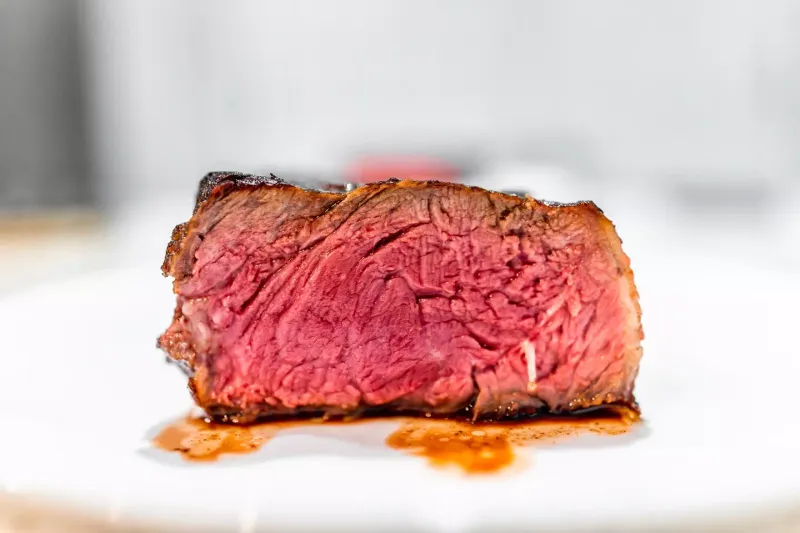
A common misconception about medium-rare steak is that it is ‘bloody.’ The truth might surprise steak enthusiasts and skeptics alike. The red juice you see is not blood but a protein called myoglobin. Myoglobin is completely normal and safe, giving the steak its juicy and tender appeal. With this knowledge, you might appreciate your steak more, enjoying the natural flavors without the worry of consuming blood. This simple fact can enhance your dining experience, allowing you to savor every bite without hesitation. Embrace the juicy taste without fear!
4. Aged Steak Can Be Over 100 Days Old

Imagine enjoying a steak that’s been aged like a fine wine, intensifying its flavor over time. Dry-aged steak, hanging for 30 to even 120+ days, is a true delicacy for those who cherish complex flavors. This aging process allows the beef to develop a rich taste profile, sometimes with a hint of cheese-like notes. While some might love this unique flavor, others may find it too bold or funky. It’s a culinary adventure that intrigues the palate, making each bite an exploration of taste. Try it if you’re feeling adventurous!
5. The Cut Isn’t Everything—The Cooking Is

You might believe that the perfect steak relies solely on the cut, but cooking technique plays an equally vital role. A high-priced cut like a ribeye can disappoint if it’s overcooked, while a more affordable cut such as flank can shine when prepared with skill. A proper sear and rest can elevate any steak to a culinary masterpiece. It’s all about the care and attention to the cooking process that brings out the best flavors. Remember, in the world of steak, technique can triumph over price, ensuring every bite delights.
6. You Feel Sluggish or Bloated After Meals

If you’ve noticed feeling sluggish or bloated after dining on a hearty steak meal, you might want to reconsider your portion sizes. High-fat cuts like ribeye can be especially heavy, leaving you feeling weighed down. Without balancing your meal with greens or fiber-rich sides, this sensation might become more frequent. Paying attention to how your body reacts can guide you to more mindful eating habits. By moderating your steak intake and adding lighter sides, you can enjoy your favorite dish without the post-meal fatigue. Listen to your body’s signals!
7. Your Cholesterol’s Creeping Up
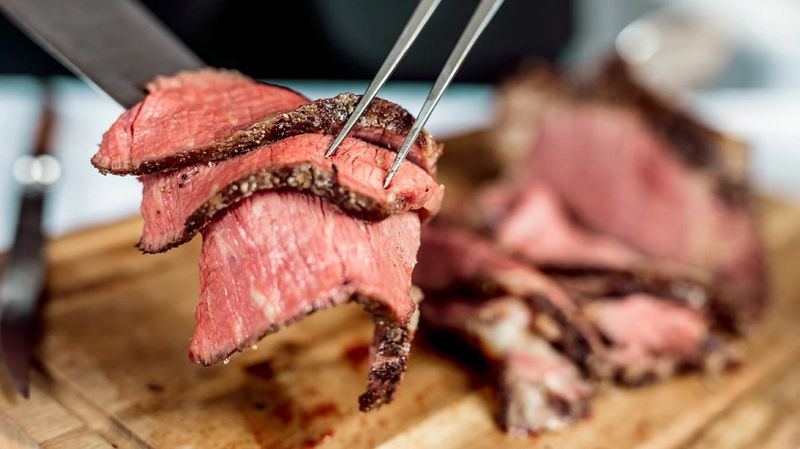
Regularly indulging in red meat, particularly steak, can have an impact on your cholesterol levels. Fatty cuts, known for their rich taste, can contribute to an increase in LDL cholesterol. This can be a concern if you’re monitoring your heart health. Keeping an eye on your blood test results might reveal a spike in these levels, prompting you to consider dietary adjustments. Balancing your steak consumption with other protein sources, like chicken or fish, can help maintain healthier cholesterol. Moderation is key to enjoying steak without compromising your health.
8. Constipation’s Becoming a Regular Guest
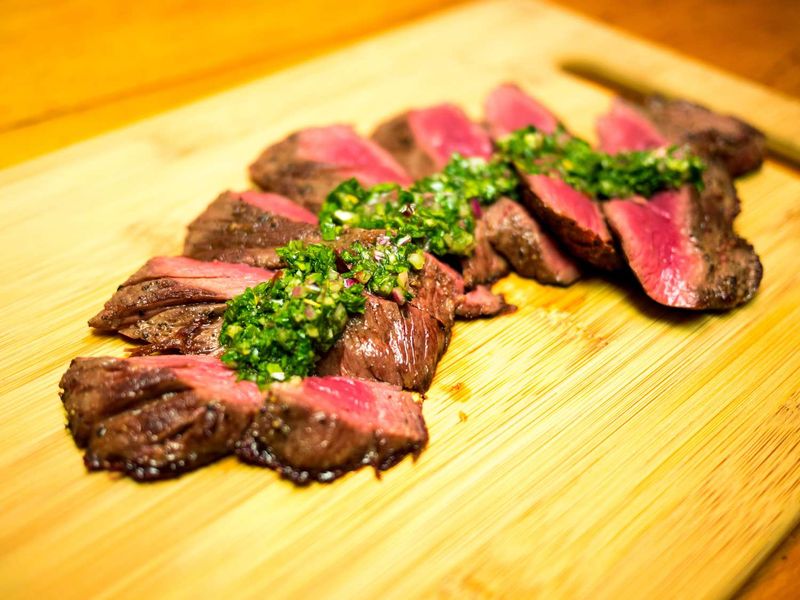
If you’ve been adding more steak to your diet and notice digestive sluggishness, constipation might be your body’s way of signaling the need for balance. Steak-heavy meals often lack fiber, essential for regular digestion. Without enough fruits, vegetables, or whole grains, your digestive system can slow down, leading to discomfort. By incorporating more fibrous foods into your diet, such as leafy greens or legumes, you can alleviate these symptoms. It’s about finding equilibrium, ensuring your meals are satisfying without causing digestive distress. Your body will thank you!
9. You’re Skipping Other Protein Sources
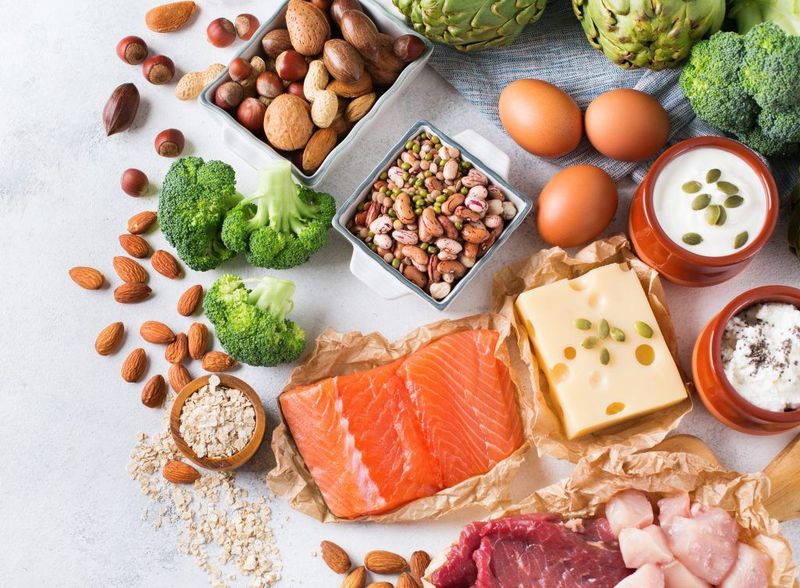
A love for steak might lead you to neglect other valuable protein sources. While steak is delicious and satisfying, your body thrives on variety. Chicken, fish, beans, and legumes offer different nutrients that are important for a balanced diet. By focusing solely on steak, you may miss out on essential vitamins and minerals found in these other foods. Mixing up your protein intake ensures a well-rounded nutritional profile, supporting overall health and wellness. Remember, diversity in your diet can enhance both your health and culinary satisfaction.
10. Meat Sweats Are a Real Thing

Have you ever experienced a sudden rush of heat after devouring a steak dinner? You might be familiar with the term ‘meat sweats.’ This phenomenon occurs when your body works hard to digest a protein-heavy meal, causing you to perspire unexpectedly. It’s a humorous yet real response to overindulging in steak. Moderating your portion sizes and pairing your meal with lighter sides can help prevent this quirky reaction. It’s a reminder that even enjoyable meals can lead to unexpected physical responses, encouraging mindful eating. Enjoy, but in moderation!
11. You’re Not Craving Steak Anymore
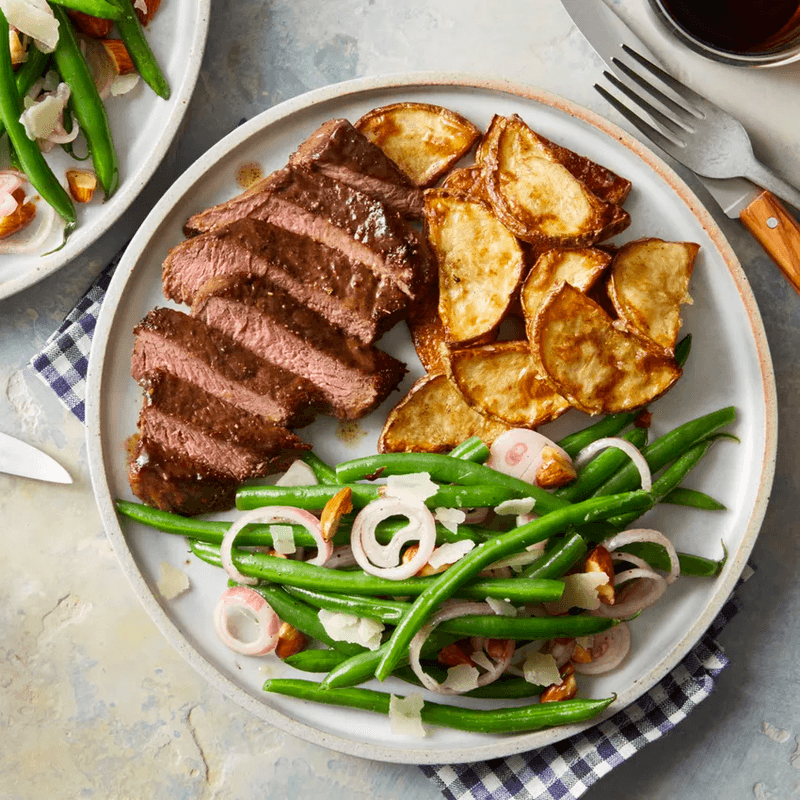
If the thought of steak no longer excites you, it could be a sign of overconsumption. What once was a mouth-watering experience might now feel like a chore. This change in appetite may be your body’s way of signaling that it’s time for a break or a switch-up in your diet. Incorporating more variety, such as grilled vegetables or different meats, can reinvigorate your taste buds. Listening to these cues helps maintain a healthy relationship with food, ensuring that each meal remains a pleasurable experience. Variety truly is the spice of life!
